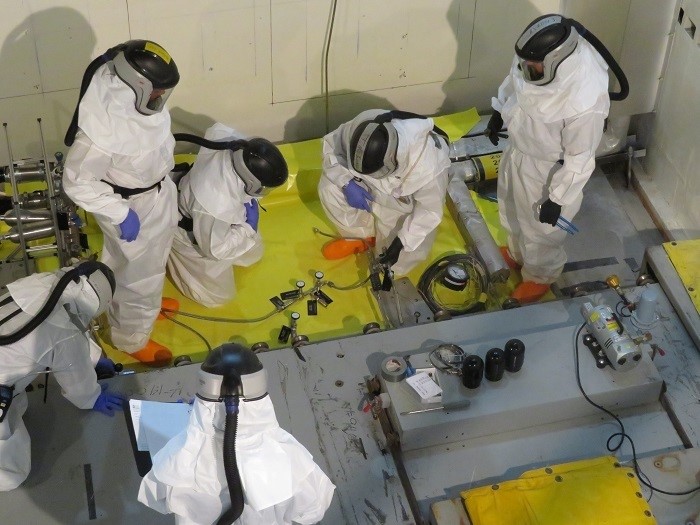ORNL shuttered molten salt reactor made safer

The Molten Salt Reactor Experiment (MSRE) facility is one of hundreds of old, contaminated buildings at Oak Ridge National Laboratory and the Y-12 National Security Complex in Tennessee that are slated to be taken down.







